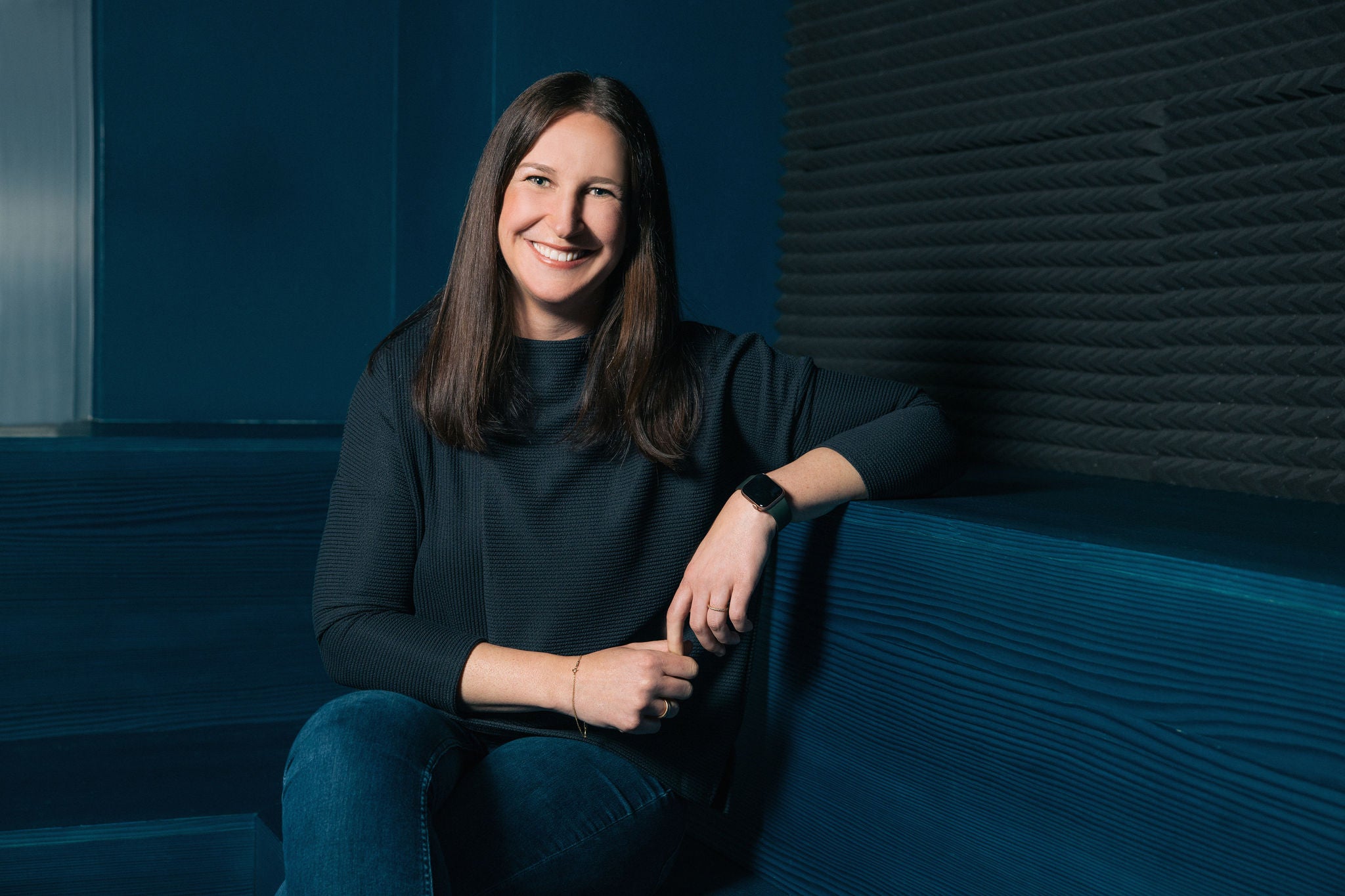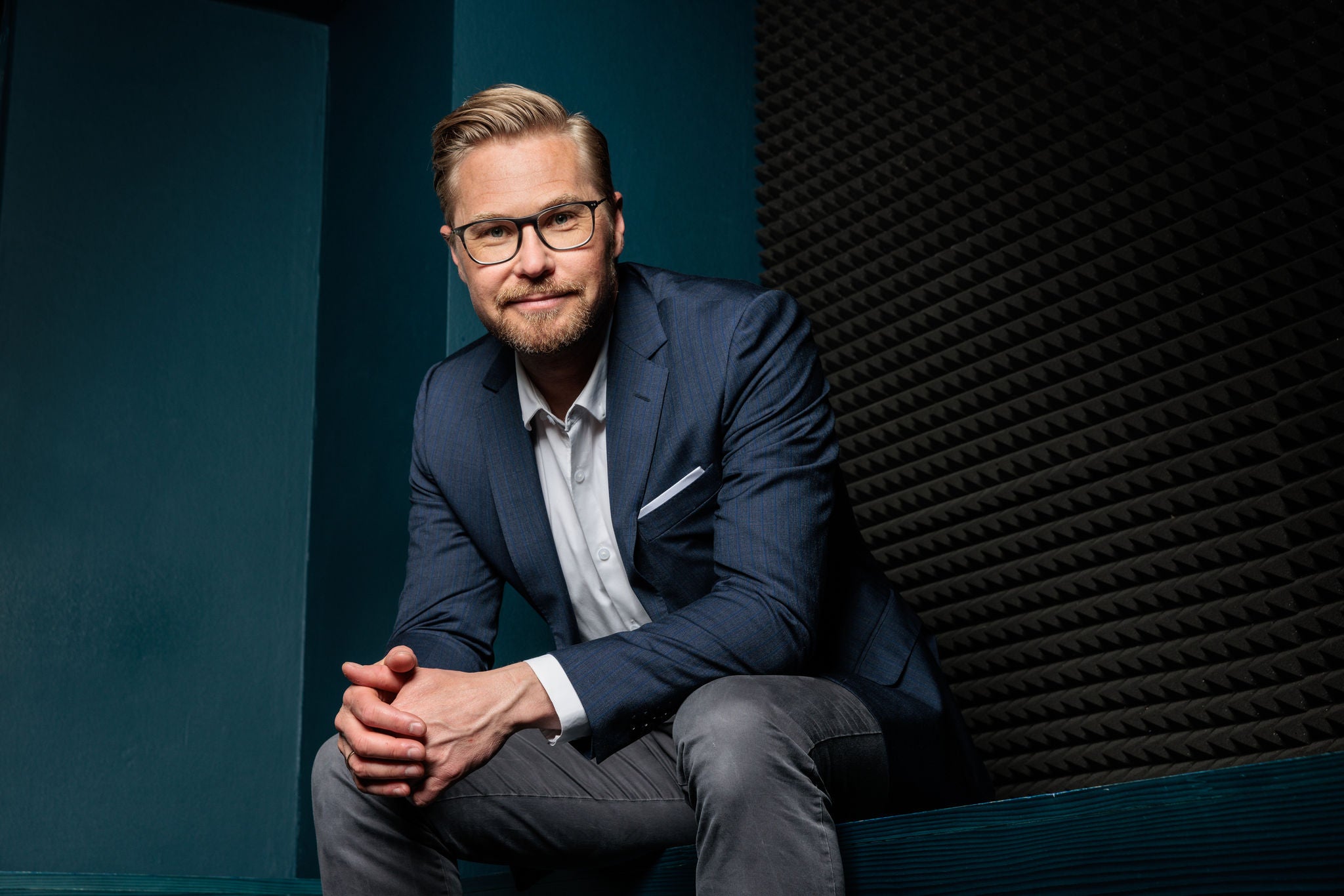As brands search for breakthrough strategies in an increasingly AI-driven landscape, this year's first two days of SXSW reveal a powerful convergence of social health innovation, rule-breaking creativity, and technology-empowered community growth. With artificial intelligence reshaping consumer expectations and marketing capabilities alike, industry leaders from around the world gathered to explore how human connection remains the ultimate prize in a digitally fragmented world.
The Connection Economy: Social Health Emerges as Third Pillar of Well-Being
Co-President Hugh Forrest set a powerful tone in his opening remarks at SXSW: "It is more important than ever to find common ground." This sentiment was immediately amplified by Kasley Killam's eye-opening keynote on social health – what she called "the missing pillar" in our understanding of holistic wellbeing.
While physical health has dominated wellness initiatives for decades and mental health has finally emerged from the shadows in the past fifteen years, Killam made a compelling case that social connectedness represents the next frontier not only for health innovation, but also for business success: "If your company is not prioritizing social health, it will fall behind," Killam warned, because "every sector will be disrupted by social health innovation." The consequences for brands are quite profound. With one in four people reporting feeling lonely on a regular basis, and research showing that a lack of social connections has severe health implications, marketers face both a responsibility and an opportunity to foster genuine human connection.
This theme was echoed by Scott Galloway on day two, where he identified loneliness as the greatest threat in America, particularly among young men who are increasingly retreating from physical social spaces to digital ones. The marketing challenge ahead isn't just about engagement metrics, it's about creating spaces that facilitate authentic connection.
Breaking Bad Rules: The Strategic Power of Standing Out
"Your audience doesn't care if you are right, your audience just cares that you're interesting." With this provocative statement, Andrew and James MacKinnon of The Taboo Group articulated in their session what has become a recurring theme at SXSW: the need for brands to break established rules.
The agency founders not only demonstrated outstanding storytelling by literally shredding pages from the old marketing playbook. They also outlined how convention leads to conformity, and conformity leads to anonymity – the death knell for any brand seeking cultural relevance. Their process, called the "Brand Kinetic Growth Cycle", begins with finding fault lines where culture and category expectations misalign, breaking a rule to challenge those expectations, and then creating tension that forces audiences to choose sides.
"If no one hates it, chances are no one loves it," they explained, directly challenging traditional marketing wisdom that cautions against alienating any consumer segment. The MacKinnons' concept of collideration outlined examples of how unlikely collaborations can ignite "flammable pockets of culture" that traditional marketing could never reach.
This theme of strategic rule-breaking – as well as the "loneliness epidemic" mentioned above – was reinforced by SXSW veteran Rohit Bhargava. He emphasized the value of undiscovery, the willingness to challenge fundamental assumptions. "Don't let labels be the things we remember," Bhargava advised, suggesting that brands need to work harder to look beyond conventional demographic targeting, which he called "the dumbest way to define a target audience".
Beyond the Rules: AI Rewrites the Marketing Playbook
Day two of SXSW revealed how artificial intelligence is transforming industries through practical implementations. Scott Galloway's "Prof G Predictions" provided an incisive analysis of the market impact and trajectory of AI: "AI is one of those technologies that doesn't have an intellectual property moat," Galloway explained, comparing it to innovations that create value for stakeholders rather than shareholders. This lends credence to his prediction that Meta will emerge as the AI company of 2025, leveraging its vast data assets from social platforms to train increasingly powerful models.
Galloway articulated how AI is changing consumer expectations around choice: "Choice is a tax on consumers," he stated, "we spend 150 minutes per week deciding what to eat, 50 minutes deciding what to watch." In contrast, AI-powered platforms like TikTok eliminate that decision fatigue, "giving you back that week a year." This shift represents what Galloway called a return to the specialty retailer model that dominated the 1990s – except now it's AI providing the expertise: "AI says, 'Give me information, be honest, give me context, and I’ll give you one answer.'"
Niall Firth's session complemented Galloway's analysis with innovations on the verge of mainstream adoption. The MIT Technology Review editor highlighted Small Language Models – AI systems with fewer parameters but greater focus – as significant for their ability to run on-premises while maintaining privacy in contexts such as legal analysis or medical diagnosis. Firth also highlighted generative AI search as a breakthrough, providing synthesized overviews from multiple sources.
In a world increasingly dominated by technology, SXSW 2025 is also focusing on how brands can foster human connection. The next few days could be pivotal in making that vision a reality.
First published by Horizont.
For more insight into what's happening at SXSW 2025, click here.








